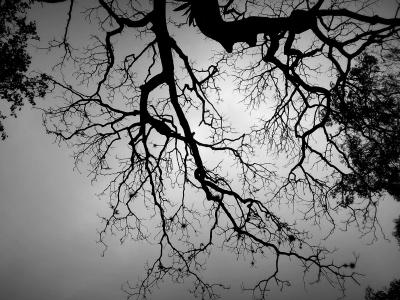A Family with Saethre-Chotzen Syndrome

Abstract
Saethre-Chotzen syndrome (SCS) is a rare genetic disorder inherited in an autosomal dominant pattern, characterized by coronal synostosis, facial asymmetry, syndactyly, ptosis and ear anomalies. Even among affected individuals in the same family, the signs of SCS can vary widely. Most cases of SCS are caused by mutations in the TWIST1 gene. We present a familial case of Saethre-Chotzen (2 siblings and their mother) diagnosed in Iași Medical Genetics Center, in order to identify the clinical particularities of each member of the family. The cases were confirmed using MS-MLPA which identifies the mutation in the TWIST1 gene. Mother (51 years old): normal growth, acrocephaly, dysmorphic face, facial asymmetry, syndactyly of the 2nd and 3rd finger, deafness, mild intellectual disability. Daughter (16 years old): growth deficiency, acrocephaly, dysmorphic face, facial asymmetry, left ptosis, small ears, hypermobile joints, partial syndactyly of the 2nd and 3rd finger, deafness, excessive aggressivity, moderate intellectual disability. Son (15 years old): normal growth, acrocephaly, mild dysmorphic features, mild facial asymmetry, bilateral ptosis, syndactyly of the 2nd and 3rd finger, 5th finger clinodactyly, hypermobile joints, deafness, excessive aggressivity, mild intellectual disability. From the motherʼs family history we discovered that the maternal grandfather, as well as his mother present the same facial features and seem to be affected, but a genetic examination and testing were not possible. In conclusion, we present this family to underline the importance of systematic and multidisciplinary approach for individual and family management.
Tablet of Contents:
1. Introduction
2. Clinical reports
3. Discussion
To continue reading click here.
The Authors:
CALAPOD Ștefana-Patricia [1]
GÎRNEȚ Galina [1]
GAVRIL Eva [1][2]
RESMERIȚĂ Irina [1][2]
PĂVĂLOAIA Oana [1]
POPESCU Roxana [1][2]
PÂNZARU Monica [1][2]
BUTNARIU Lăcrămioara [1][2]
RUSU Cristina [1][2]
[1] “St.Mary” Children’s Hospital Iasi – Medical Genetics Center, Iasi, (ROMANIA)
[2] “Gr. T. Popa” University of Medicine and Pharmacy Iasi ş Department of Medical Genetics, (ROMANIA)
Contributo selezionato da Filodiritto tra quelli pubblicati nei Proceedings “5th Medical Genetics Congress with International Participation - 2018”
Per acquistare i Proceedings clicca qui.
Contribution selected by Filodiritto among those published in the Proceedings “5th Medical Genetics Congress with International Participation - 2018”
To buy the Proceedings click here.



